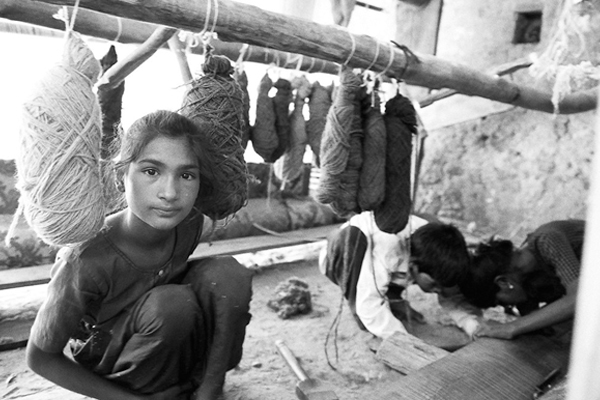|
The Health of Our Youth Needs Special Attention
In a statement to mark ‘World Day for Safety and Health at Work’, ILO Director General Guy Ryder calls for action to make workplaces safe for young workers. The UN sustainable development goals already make clear, the future of the world we want is for children and youth to have the opportunity to grow up safe and healthy, to have the opportunity to go to school, and when they are old enough to enter the labour force, to have the opportunity to engage in work that not only does them no harm but actually actively supports their health and wellbeing and their development.
While these goals are clear, the numbers make plain the size of the challenges that we have set for ourselves. Globally, let’s remember, 152 million children, who should be in school, are working and almost half of those children, are engaged in hazardous work. For youth who are old enough to enter the labour force, the available data shows that they experience a 40 per cent greater incidence of injury on the job than their older counterparts.
The elimination of child labour is, of course, a fundamental principle and right, which all ILO member states have agreed to respect. At the same time, there are over 40 ILO conventions addressing occupational safety and health, with many of our member states having ratified one or more. For nearly 100 years, the ILO has worked diligently on the issues of child labour and occupational safety and health with many significant achievements and I am pleased to announce today that the ILO flagship programmes, IPEC+ and our Global Action for Prevention, are going to continue that important work by joining forces in a campaign under the banner “Generation – Safe & Healthy ”.
The World Day for Safety and Health at Work and the World Day Against Child Labour will be part of this joint campaign, aimed at accelerating action through an integrated approach to achieve two targets of the Sustainable Development Goals : that is Target 8.8 – to protect labour rights and promote safe and secure working environments for all workers by 2030 – and Target 8.7 , which is to take immediate and effective measures to secure the prohibition and elimination of the worst forms of child labour and, by 2025, to end child labour in all its forms.
To reach these targets is going to require innovation, renewed commitment, concerted action, and importantly the engagement of young people. Last September in Singapore, at the XXI World Congress on Occupational Safety and Health at Work, the ILO’s [email protected] Project brought together 125 youth champions from around the world, young workers and young entrepreneurs, and this spurred a global conversation on building a culture of prevention and improving workplace safety and health for young people. In Singapore, I had the chance and opportunity to speak with a number of Youth Champions, and I listened to their ideas on how we could build such a culture of prevention among their generation.
Together with the UN Youth Envoy – who, by the way is a member of our Commission for the Future of Work – we called on OSH stakeholders to take action and invest in young worker safety and health. That call to action was echoed in Buenos Aires, in November, during the IV Global Conference on the Elimination of Child Labour, and during a series of global consultations where young people, working with policy makers and others, committed to building a generation of safe and healthy workers. These efforts culminated in an Action Plan on OSH for Youth, which is being launched today. The Action Plan makes clear that young people must be part of finding OSH solutions and will help to ensure their voice is both informed and heard. Young people around the world are already making their voices heard and showing their support for a “GENERATION-committed to Safety & Health.”
|



